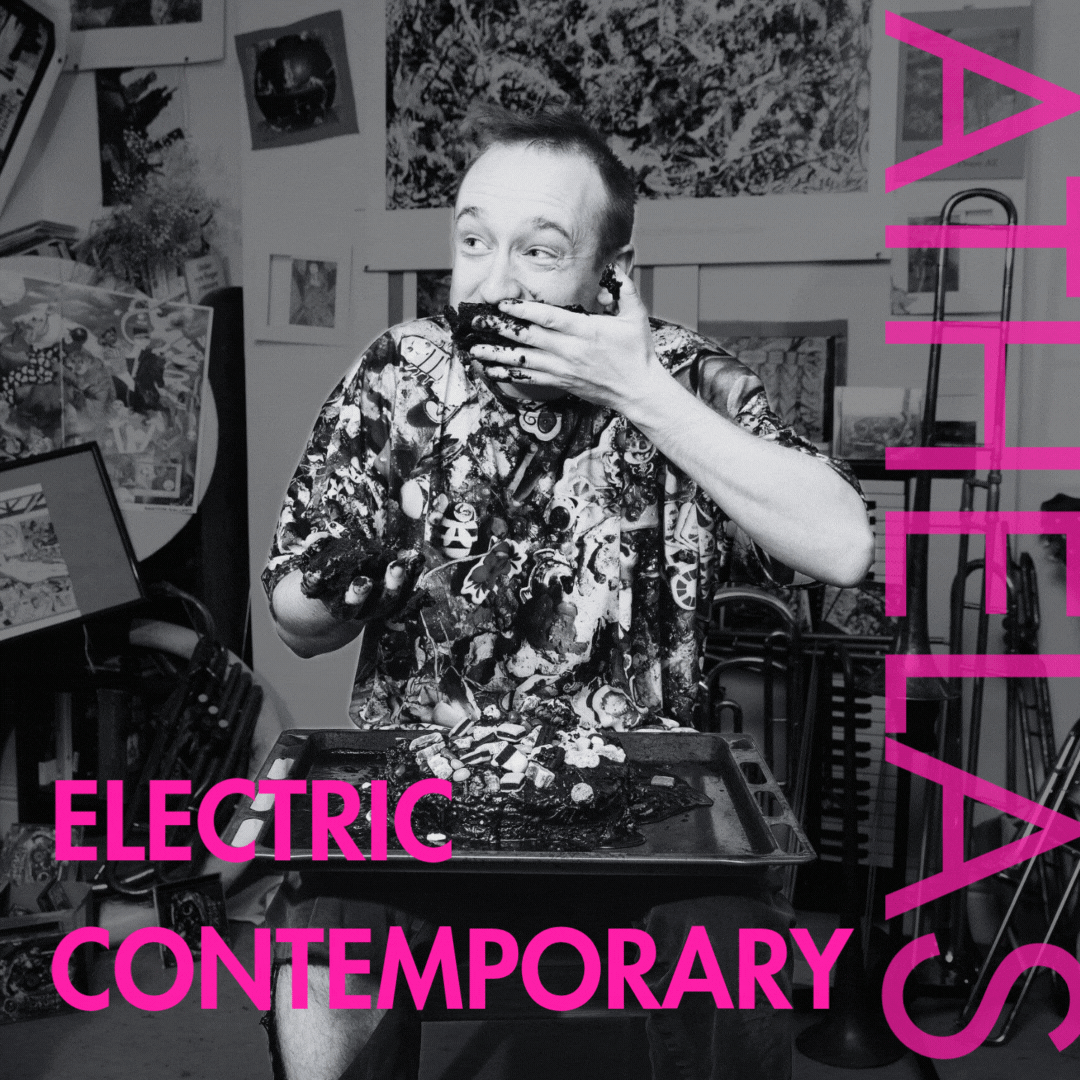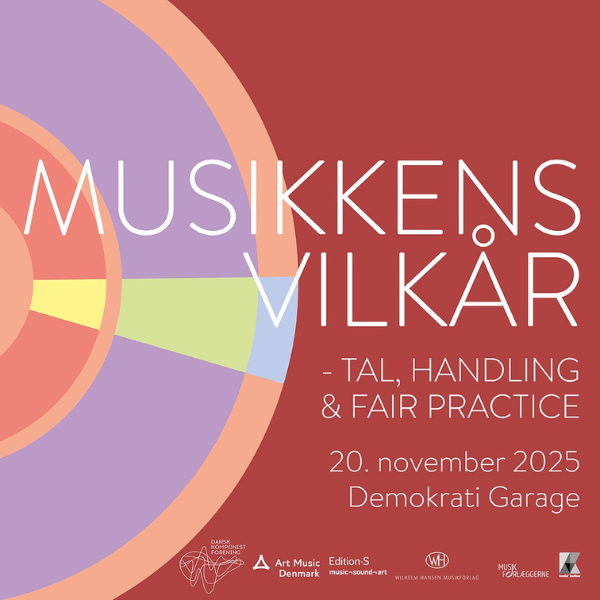
Turn It Up!
One might trace the rise of the sound cinema back to the so-called war on attention we keep hearing about. While tech companies fine-tune their tools for keeping us hooked on dopamine highs, universities remove long classical texts from their syllabi. No one can concentrate on anything anymore, and the counter-movement becomes these small communities where people gather in darkness to surrender to a record, stripped of the possibility of doing anything but precisely that.
In his Oslo apartment, he held listening sessions for friends and would reportedly become deeply irritated if anyone did anything other than listen in concentrated silence
Already in the 1980s and 90s, back when we were still optimistic about technology, the Finnish producer and sound artist Mika Vainio (1963–2017) was doing something similar. In his Oslo apartment, he held listening sessions for friends and would reportedly become deeply irritated if anyone did anything other than listen in concentrated silence.
It is therefore logical that Charlottenborg has set up a sound cinema to honour Vainio through six playlists under the slightly bombastic title Museum of Sound. If you want to hear everything, you must set aside roughly 7.5 hours, which is surely more than most can manage. The project is instead designed for you to drift in at a random moment and linger in the dark for as long as you allow yourself to be caught.

A cinema you glide out of
The six playlists are curated by musicians and sound artists who in different ways have crossed paths with Mika Vainio. The first is assembled by Tommi Grönlund – Finnish musician and owner of the label Sähkö Recordings, which he founded with Vainio in 1993 – and Rikke Lundgreen, Vainio’s partner and curator of his archive. It consists exclusively of Vainio’s own compositions.
I sink into the plush seat and close my eyes. Vainio’s sound leans toward minimalist techno, industrial and droning, with sharp contrasts between club-driven energy and something more introspective. Several tracks hold a hypnotic tension, where simple modulations of isolated elements build into a massive sonic landscape over time. Vainio often used homemade analogue machines à la Einstürzende Neubauten, which lend a warm glow to an otherwise cool electronic universe. In other words, it is music that needs to be played loud.
This is where Charlottenborg’s setup falters. The volume simply isn’t high enough to create the sensation of being enveloped in sound – arguably the sound cinema’s primary strength. Another issue is that the room isn’t dark enough, and a third is likely that the experience has no clear temporal boundary. As I sit there, I can observe people entering, sitting, and leaving again within minutes. Few stay longer than a single track, and most reach for their phones almost immediately.

From techno to Neil Young in the same seat
I remain seated for the next playlist, curated by Britain’s Bruce Gilbert from the art punk group Wire. Here the project shifts character: out of the speakers now comes Kraftwerk, The Modern Lovers, Neil Young and The Velvet Underground. Tracks I might put on at home – and which hardly demand the concentrated attention the sound cinema tries to cultivate. With the Danish DJ Thomas Knark’s playlist we return to the tight club sound that also characterises Vainio’s universe – think Berlin in the 90s – and from there drift into a playlist of Kenyan artist Joseph Kamaru’s own compositions, a slow-moving ambient affair that sends my attention wandering in every possible direction.


That attention – already threadbare after three hours of listening in an empty cinema hall – finally snaps when a group of tourists settles in and begins a loud conversation. I surrender. Thus I miss the last two playlists, curated respectively by Japanese sound artist Mieko Suzuki, whose practice is said to continue Vainio’s minimalist experiments, and Alex Murray-Leslie from the electropop band Chicks on Speed, who likely needs no further introduction.

Without context, the work sinks
When Museum of Sound was first installed at the Finnish museum Kiasma in 2020, it accompanied a larger exhibition that also included Vainio’s visual works.
At Charlottenborg, aside from a small info screen by the entrance, one might easily get the impression that the cleaning staff had simply forgotten to turn off the music when they left
In that context, I imagine the project functioned as an appealing add-on – a chance to dive deeper into a universe one had just been thoroughly introduced to and understood the background for. At Charlottenborg, aside from a small info screen by the entrance, one might easily get the impression that the cleaning staff had simply forgotten to turn off the music when they left. The few lines of text do little to align expectations for a public that, unsurprisingly, responds with indifference. In truth, Museum of Sound might work better as an online playlist – then you could at least turn it up yourself.
»Museum of Sound – A listening installation dedicated to Mika Vainio«, Kunsthal Charlottenborg. 11–30 November 2025
English translation: Andreo Michaelo Mielczarek



